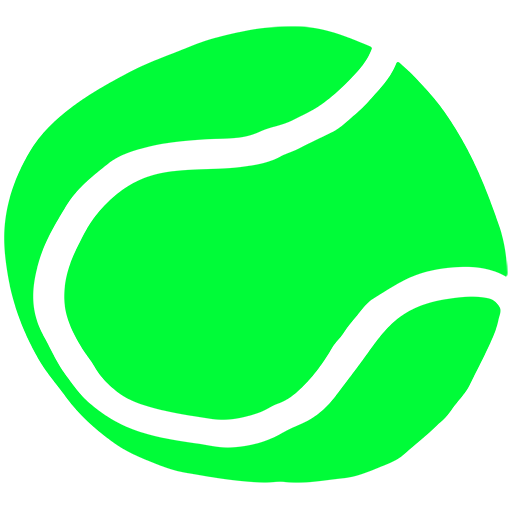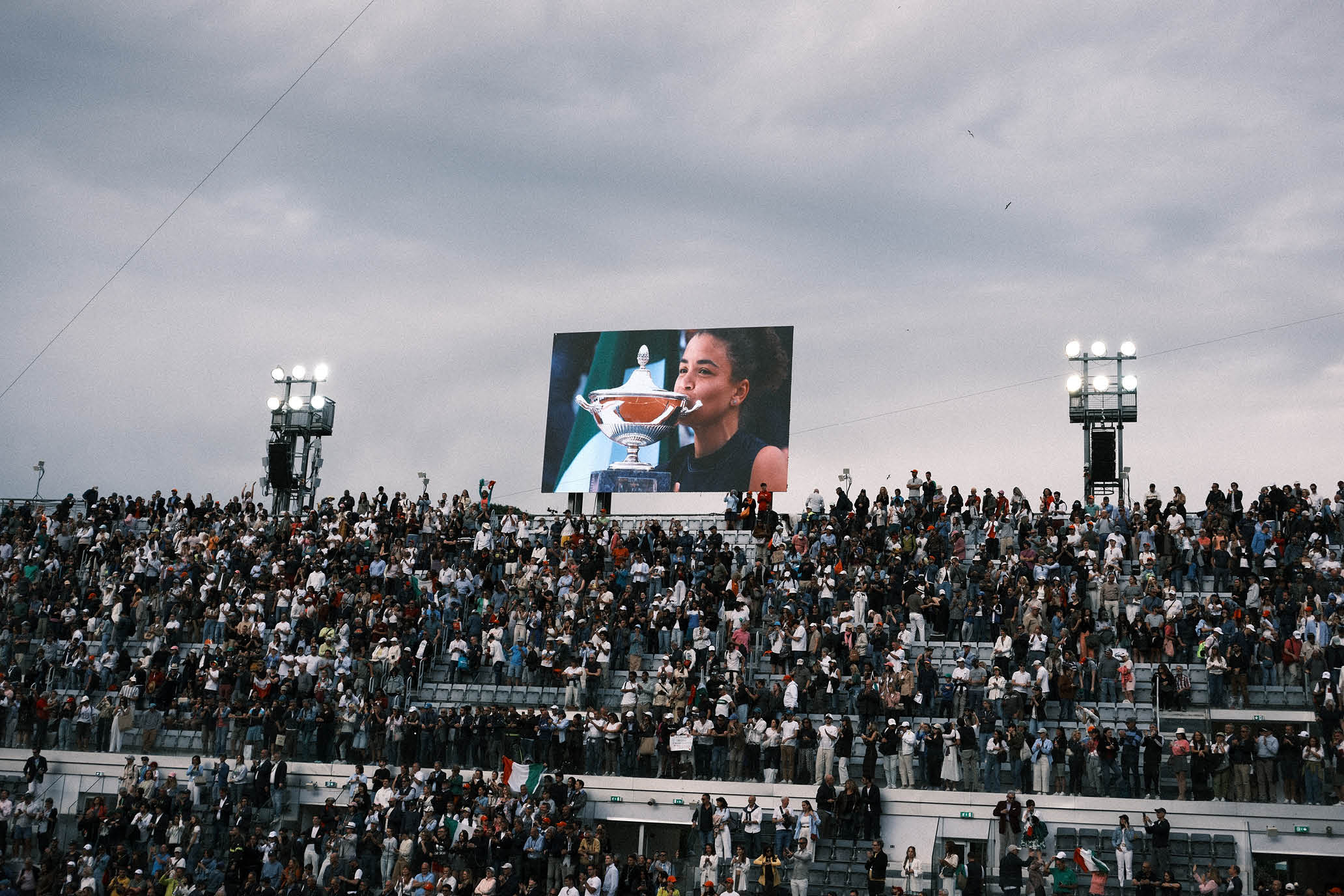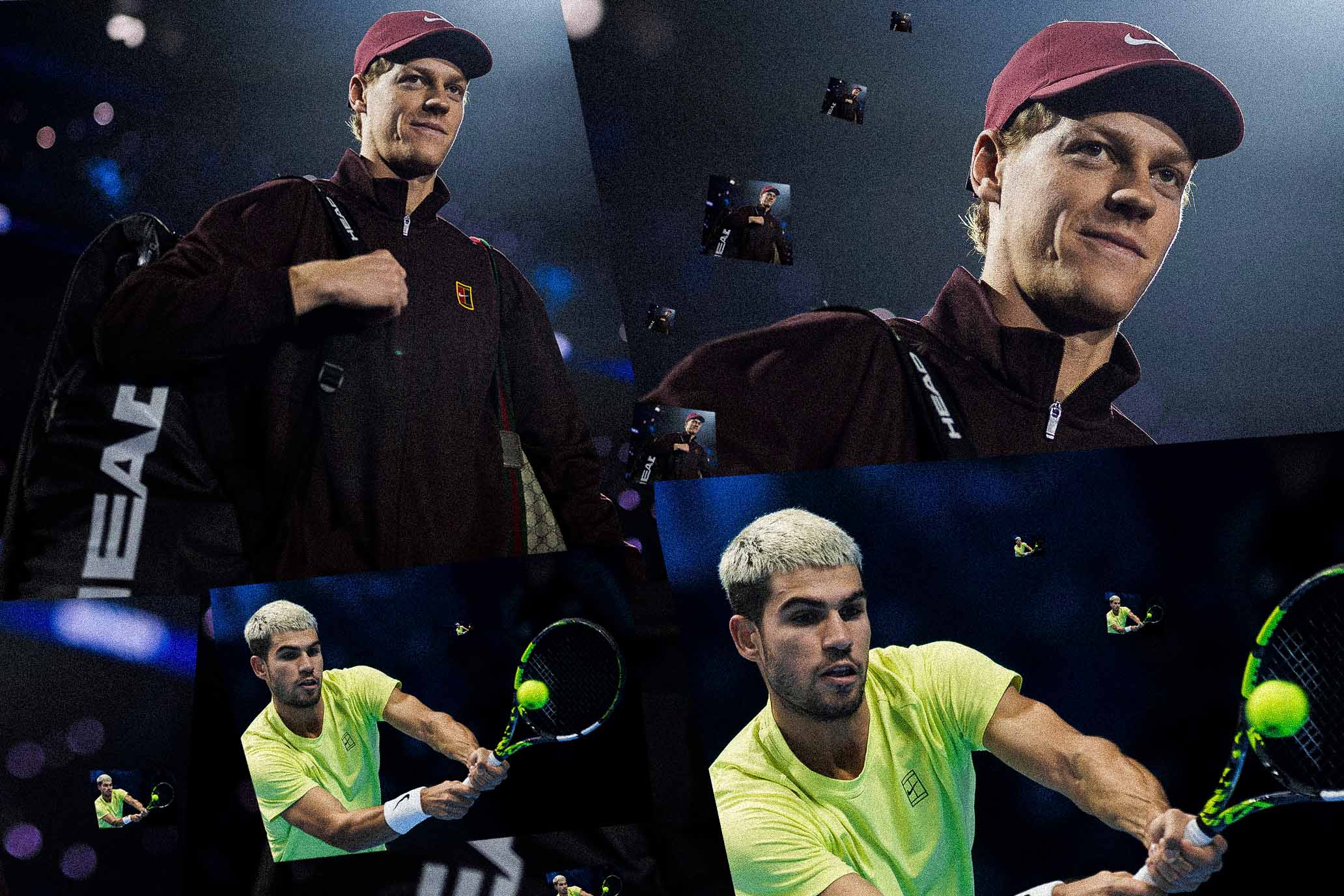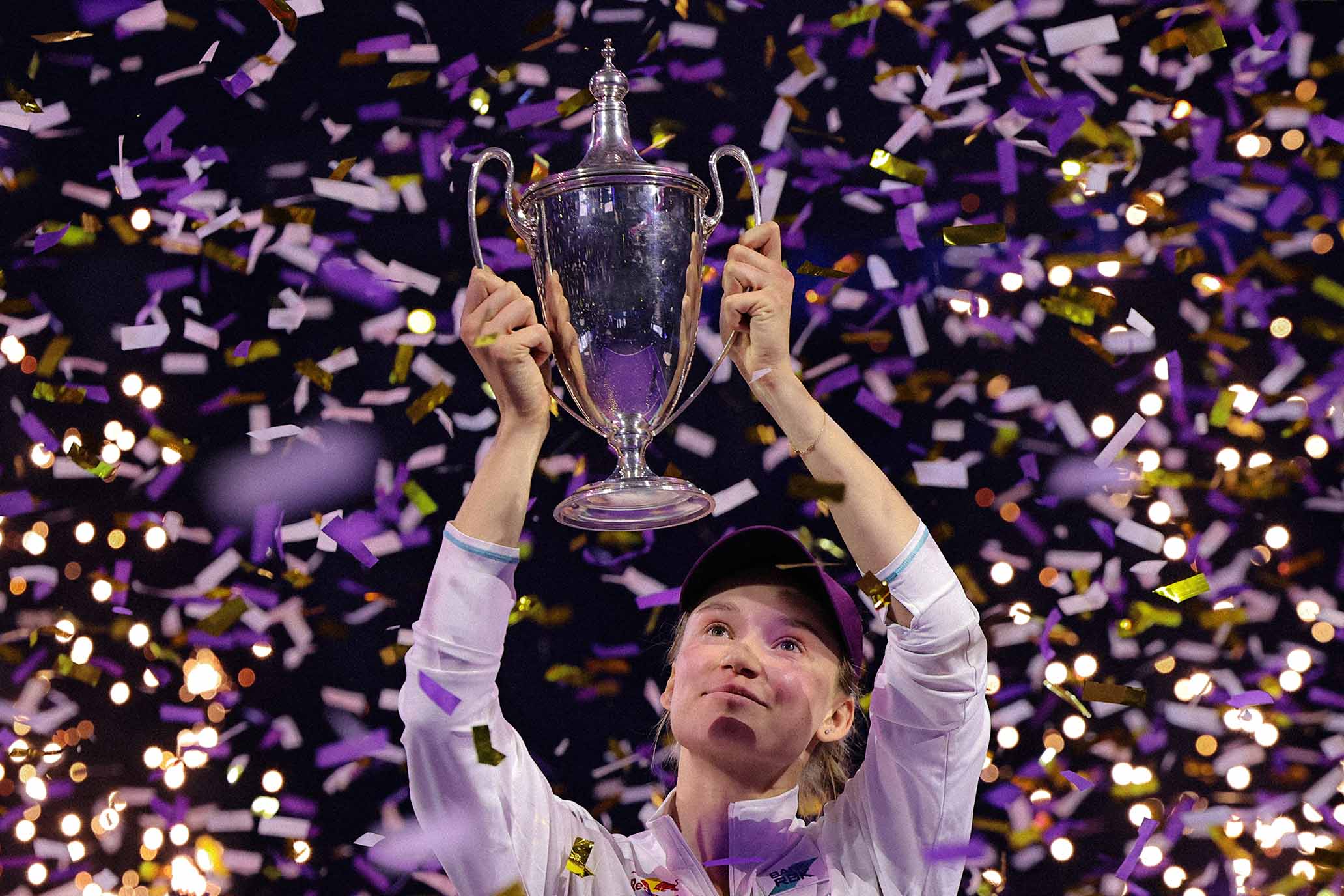Mirra Andreeva’s Peaks and Volleys
Mirra Andreeva’s Peaks and Volleys
The teen will arrive at the US Open with neither momentum nor preparation. And that’s OK.
The teen will arrive at the US Open with neither momentum nor preparation. And that’s OK.
By Owen LewisAug 22, 2025
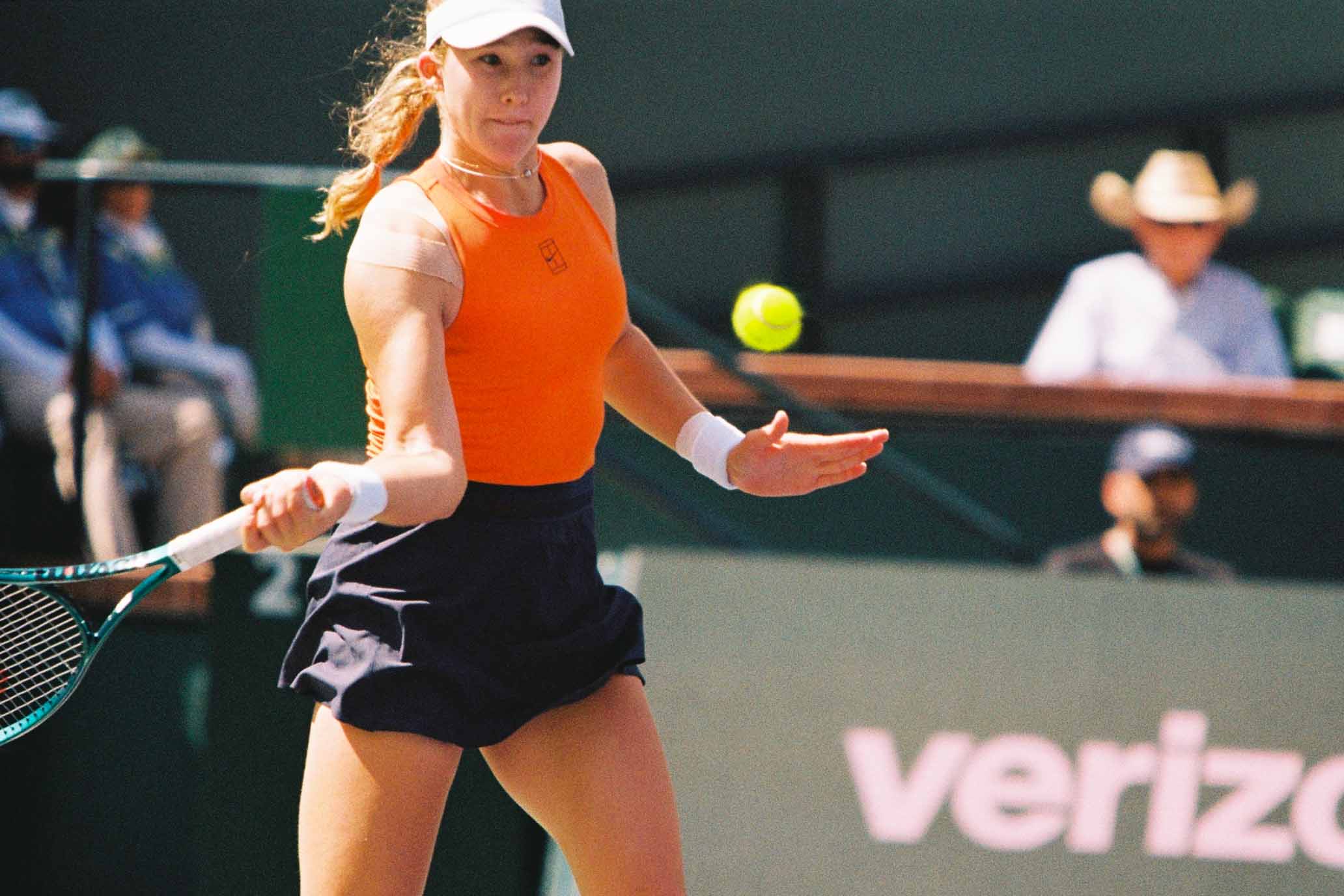
Mirra Andreeva. // David Bartholow
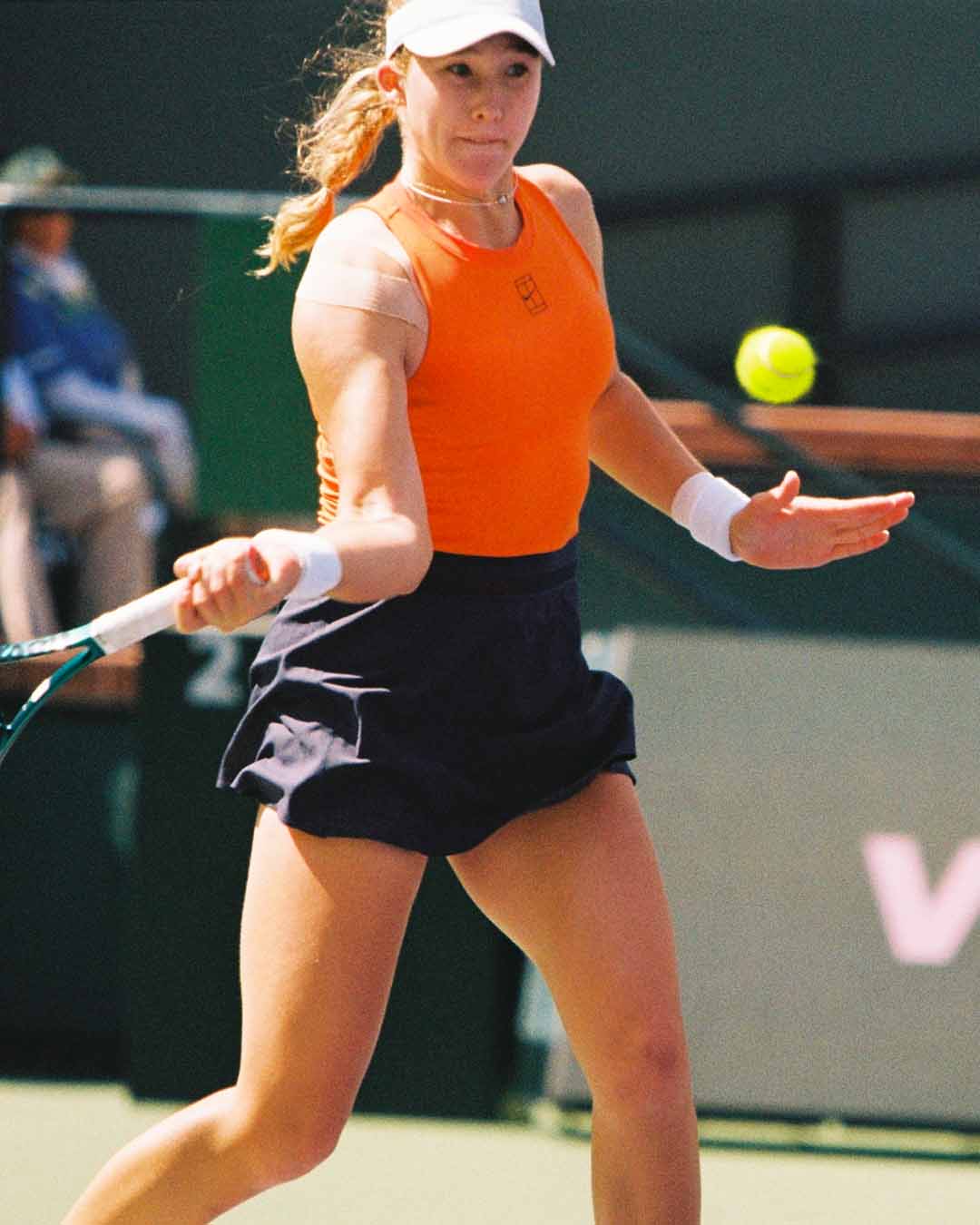
Mirra Andreeva. // David Bartholow
At 18 years old, Mirra Andreeva has already convinced me that when she strikes a lob, no matter how seemingly doomed the point of contact, it will always land in the most awkward imaginable location for the opponent. The first few times I saw her dive-bomb the baseline on the stretch at Indian Wells this year, I figured it was a purple patch. Nobody, not even Andy Murray, had the ability to hit those precarious parabolas with such precision and consistency. By the end of the tournament, I was already sold. Andreeva survived a second-set blowout to beat Iga Swiatek in the third. Her lobs tempted Aryna Sabalenka, the WTA’s most fearsome offensive machine, to smack forehands halfway up the net in the final rather than deal with another one. What couldn’t Andreeva do? I wasn’t sure if this devilish defensive work was calculated or instinctive, but the results were devastating.
After that obliterating triumph in the desert, her second straight WTA 1000 title of the still-young year, Andreeva looked ready to win a major. That defense could unravel the best offenses; Coco Gauff had won the 2023 US Open playing along similar lines. And at times, Andreeva would throw in blazing serves as fast as 126 mph—what?—suggesting that she hadn’t even scraped her ceiling yet.
Since, though, her results have stagnated. A spectacularly sloppy Miami loss to Amanda Anisimova was easy to look beyond; I’d petition to unilaterally ignore the result directly after a taxing tournament run. The BOSS Open, at which Ekaterina Alexandrova crushed Andreeva, didn’t seem sufficiently important to read into. A 7–5, 6–1 defeat to Gauff in Madrid raised an eyebrow: Andreeva had served for the first set, had set points, been broken, then won only one more game. Gauff beat her again in Rome. At Roland-Garros, Andreeva stormed to the quarterfinals without dropping a set. She met home favorite Lois Boisson, who was playing with unanimous crowd support but couldn’t match Andreeva’s complete game. Andreeva, though, buckled under the ferocity of the support for Boisson and lost in straight sets.
It was around then I started thinking that 18-year-olds should not necessarily be subjected to the intense atmospheric pressure at the top of the tour, prodigious talent or not. The forehands and backhands might be there, but what teenager could possibly be prepared for week-in, week-out travel, unrelentingly cumulative physical strain, grass courts, a French audience? In the first quarter of 2022, after Carlos Alcaraz became famous but before he consolidated his obvious talent into big titles, I had the gall to wonder why it was taking him so long. (He set various age-related records that year, won the US Open, and reached No. 1 in the world.) The game was so clearly ready. But teenage players have to worry about being a teenager as well as building a tennis empire.
My friend Vansh Vermani recently suggested to me that the challenge of improving at tennis is akin to ascending a skyscraper first via elevator, then stairs. Talent enables players to take the elevator at first, as far as the halfway point of the building for the most naturally gifted. But due to the structure’s architectural nature, that’s where the elevator tops out, forcing everyone onto the stairs beyond that point. The high stairs are where you’ll find players with perfect baseline games trying to refine their touch, former world No. 1s cooking up ways to get back at the rival who unseated them, hard-court experts translating their movement onto living grass and shifting clay. Even Novak Djokovic is there, now steadily sliding back down after topping out near the building’s apex at his best, stubbornly trying to ascend the steps labeled “reliably beating Rafael Nadal on clay” and “coherent overhead smash.”
Andreeva, to me, disembarked from the elevator after that remarkable Indian Wells run and has been adjusting to the stairs ever since. At the National Bank Open in Montreal, Andreeva failed to win the first set of her match against McCartney Kessler despite leading by a break four separate times. (Even more surprising than that, two of her lobs landed out during the tiebreak.) In a rare moment of imperfect coordination in the second set, she chased a Kessler backhand and couldn’t get there, then took a tumble and came up with an ankle injury and a good cry. She looked like a kid having an awful day. She fought through it to a straight-set loss, then pulled out of Cincinnati.
Andreeva may not be skipping steps yet or even climbing them, but I’d argue these experiences are still valuable. Sometimes it seems more advantageous to peak later in your career rather than as soon as possible. Get there early and you might not know the ropes yet—Roger Federer lost to Rafael Nadal most of the time despite being ranked higher, Jennifer Capriati burned out quickly, Carlos Alcaraz still had the attention span of an over-sugared toddler, Iga Swiatek faced magnified pressure. Jannik Sinner might have been flailing against top players while Alcaraz broke out, but Sinner’s current reign at No. 1 is smoother than Alcaraz’s ever was. Maybe what looks robotic now is just maturity.
What if it pays to eat all the shit before you reach your peak? Say Andreeva had won Roland-Garros on top of those WTA 1000 triumphs earlier in the season. It would have been remarkable, but the attendant rush of fame and obligation might also have sparked a deeper slump than what we’re seeing now. Emma Raducanu seems, finally, to be emerging out from underneath the deleterious effects of her teenage triumph at the 2021 US Open. Winning a major that young may not be worth it if the price is a three-year recovery period.
Andreeva will arrive at the US Open without momentum or preparation outside a brief mixed-doubles run with Daniil Medvedev (though the lack of expectation might prove helpful). She’ll have a distant chance to win it all and a golden opportunity to learn, to feel, to grow. Those things taking time doesn’t mean Andreeva can’t end up right where she wants to eventually, like her lobs.
